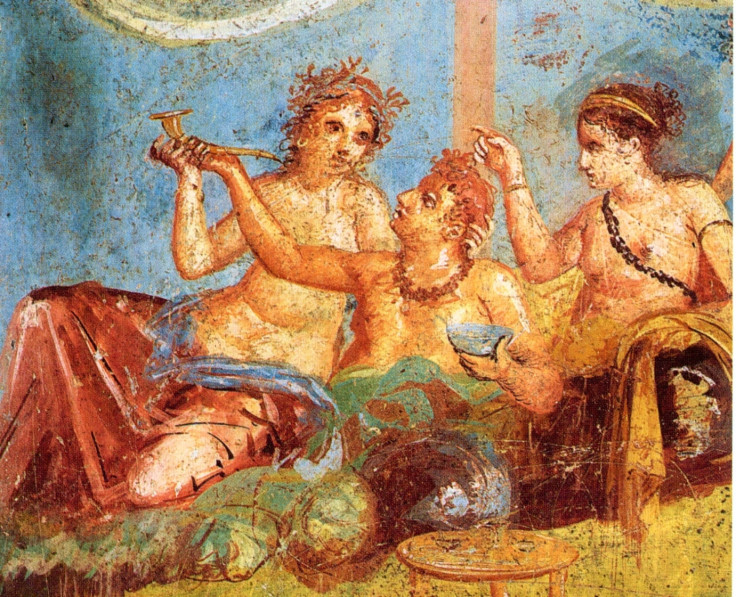Was the fall of the Roman Empire down to bad plumbing?
Toxic levels of antimony were found in a Roman water pipe from Pompeii.

Vomiting, diarrhoea and liver damage may have been a part of daily life for Romans in Pompeii.
Toxic levels of antimony have been discovered in a water pipe from Pompeii, buried under the ash released from the fatal eruption of Vesuvius in the year 79 CE. The poisonous pipes may have contributed to poor public health, according to a study in the journal Toxicology Letters.
Aside from the traces of antimony, the pipes were made of lead – also a poisonous heavy metal. Many historians have argued that the widespread use of lead in the Roman Empire was what ultimately brought about its downfall.
"The Greeks knew lead was poisonous, but somehow this knowledge was lost in the Roman era. The Romans certainly didn't act as if this was a poisonous material," study author Kaare Lund of the University of Southern Denmark told IBTimes UK.
"They used it for work pipes, for sweetening the wine, for filling out small holes in aqueducts. There was a lot of lead in Roman Empire."
Lund and his colleagues are now proposing an alternative theory to lead poisoning for the demise of the empire. For much of the time the lead water pipes would have been calcified – covered in limescale – which stops the lead from leaking into the water to an extent, they note.
Antimony, on the other hand, is much more toxic than lead, so even if very small amounts leached into drinking water it could have led to severe health problems. It typically irritates the digestive tract, leading to intense vomiting and diarrhoea. It also damages the liver and kidneys, and in high enough doses it can cause cardiac arrest.
The Danish team's analysis a fragment of water pipe from Pompeii found distinctly toxic levels of antimony. The lead ore from which the metal was extracted may have had high level of antimony.
The strength of the theory will depend on how widespread this use of antimony-laced lead was during Roman times. In order to test this further, the team will need to analyse samples of Roman lead water pipes from other sources.
But this is will not be an easy task. Roman cultural heritage in Italy is highly protected. Sampling the pipes is an invasive process involving the destruction of a very small amount – about 40 mg – of metal.
"When you do analysis of cultural artefacts, you try to limit yourself as much as possible in order to leave as much material for the future," said Lund. "So maybe we will do more of that with further samples in the future, but it will certainly take time to get permission to do it."

© Copyright IBTimes 2025. All rights reserved.






















